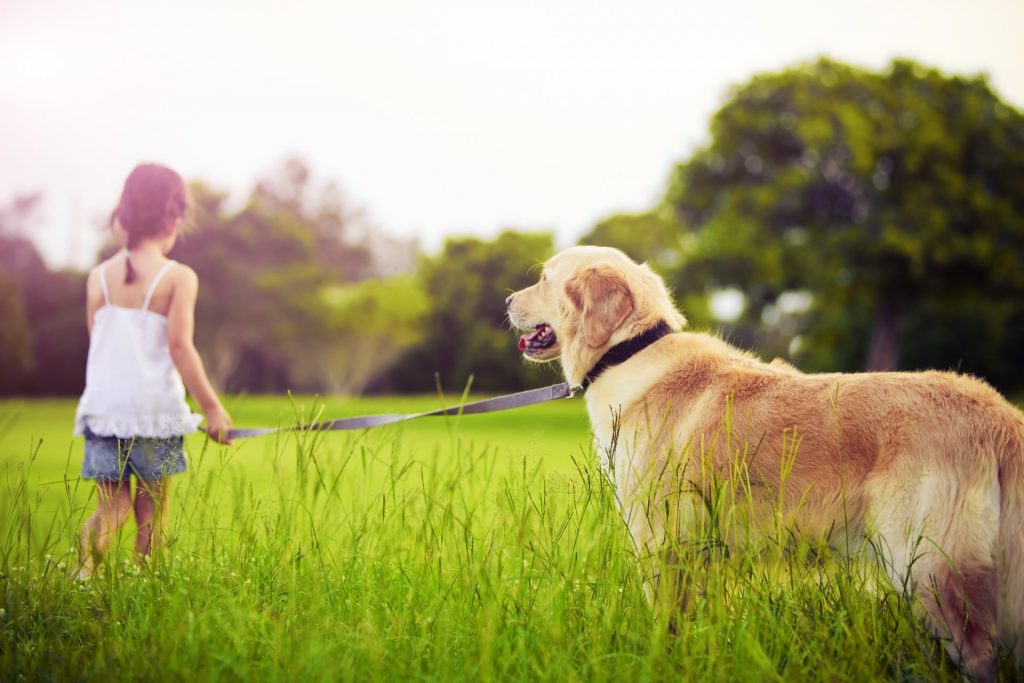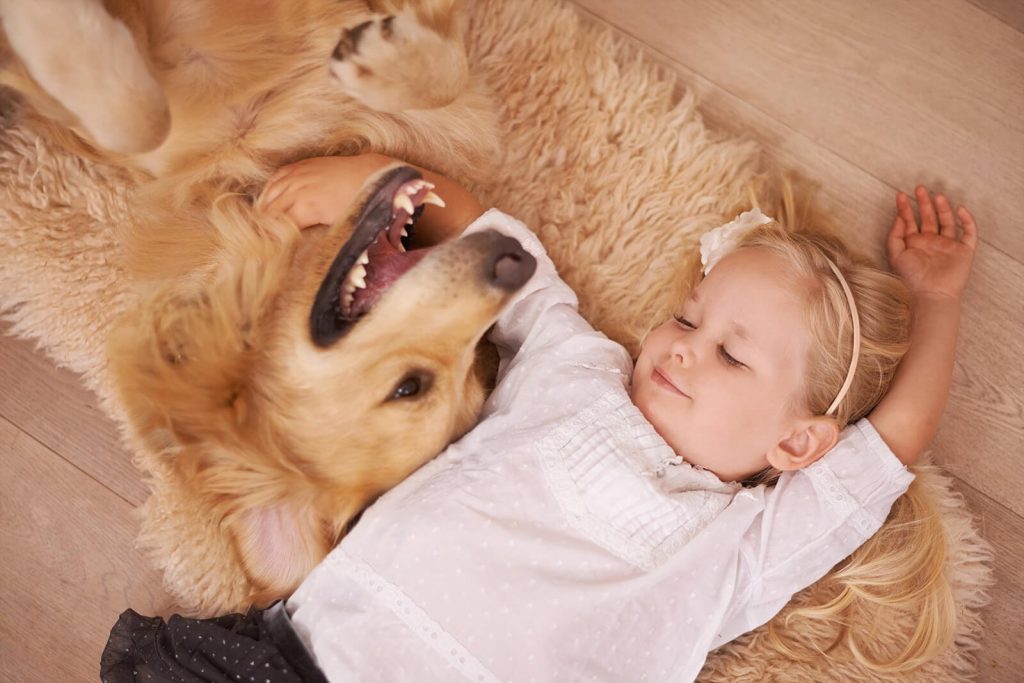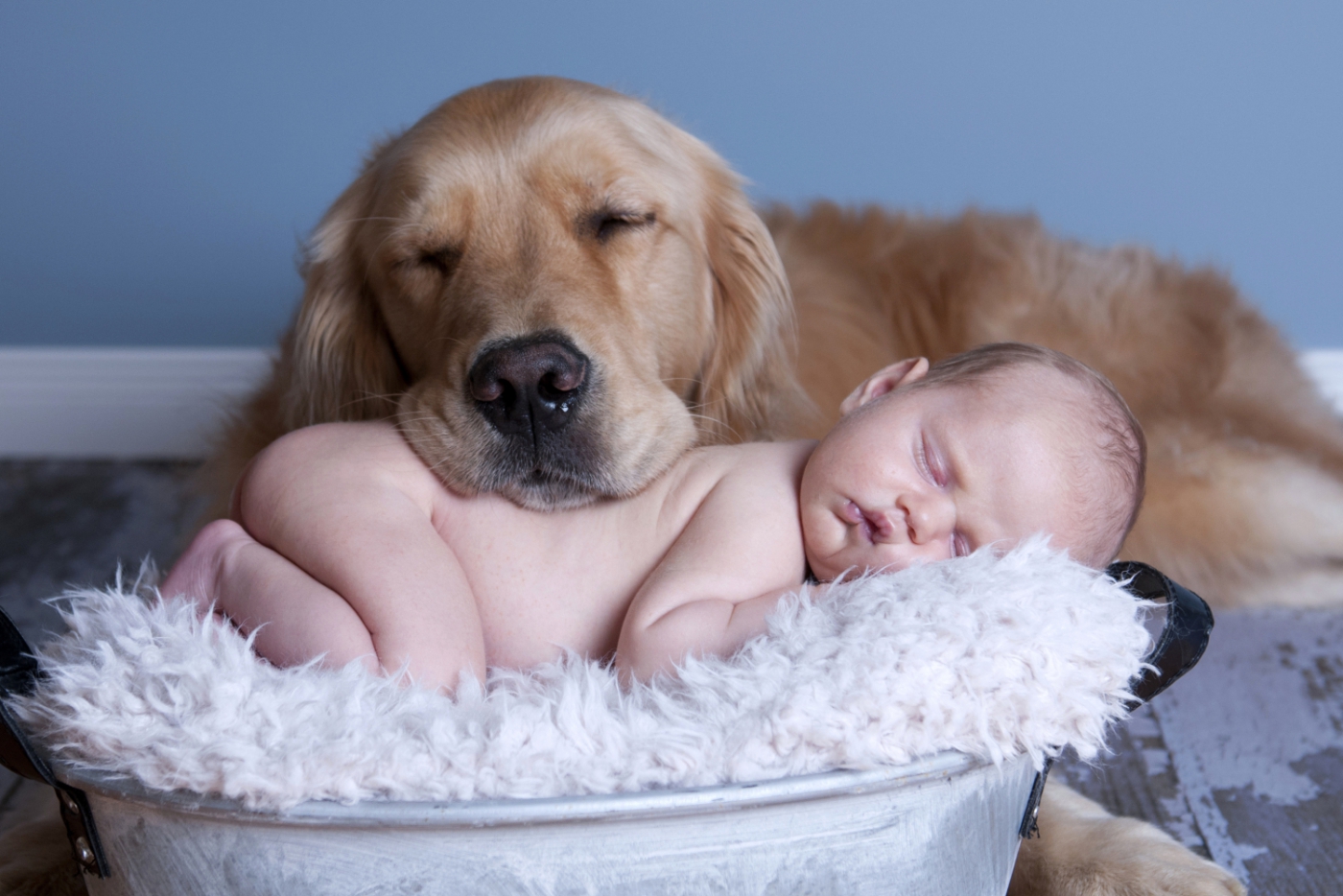All children love animals, big and small. Kids really like to communicate with animals, so from the age of five they start asking their parents to get them a dog, kitten, hamster, parrot. In general, at least someone, if only it was something alive, capable of interaction, and not just a toy. Most adults find the same problems in the appearance of a pet: constant attention and care, cleaning and walking, unpredictable aggression from animals. Nevertheless, child psychologists believe that most troubles can be avoided if you choose a “friend” for the child, suitable for him in age, character and interests. At the same time, the role of a pet in the development of a child cannot be overestimated.

Upbringing
A four-legged friend or a bird gives the baby not only warmth and affection, but also brings up patience and responsibility in him. Caring for a pet develops independence, organization and discipline in a child. Realizing that a pet is not a soulless toy, children begin to take responsibility for it: monitor health and nutrition, clean, walk, play. Of course, parents themselves, based on the age and development of the child, determine the extent of his responsibility in relation to the animal. At first, kids only help adults feed and clean up after a pet, then they can walk it on their own, and teenagers already become full-fledged owners of their pupil.

Socialization
The content and activities with the pet are great helpers in the social adaptation of children. Children who have a pet find it easier to make friends and join a new team. Especially four-legged friends help the baby overcome shyness and meet new people. And the joint walking of the animal allows you to make friends even the most taciturn children.

Physical development
During games and walks with pets, children develop proper coordination, train endurance and develop physically. The need for walks in any weather hardens the child’s body, stimulates the immune system and reduces stress.

Intellectual development
A pet for a small person is one of the most important sources of knowledge of the world and nature. Observing the habits and behavior of the animal, its response to commands and tactile contact gives the child new knowledge, allowing him to develop imagination and curiosity. The sensory development of the baby occurs due to the perception of the pet through the senses: the shape and size, smell and color, the texture of the skin and wool are known. Logical thinking also develops: the dog jumping at the door wants to go for a walk, and the kitten meowing at the bowl is probably hungry.

Moral development
Communication and constant contact with the pet allow the child to experience various feelings and emotions. Positive emotions associated with pets are of great importance for a growing organism. A careful and caring attitude towards a pet forms in the child the right attitude towards other animals, and towards the whole world as a whole.

